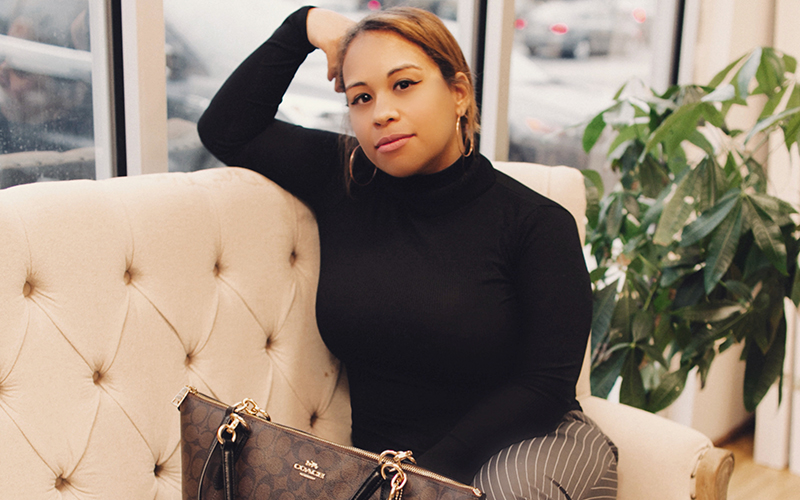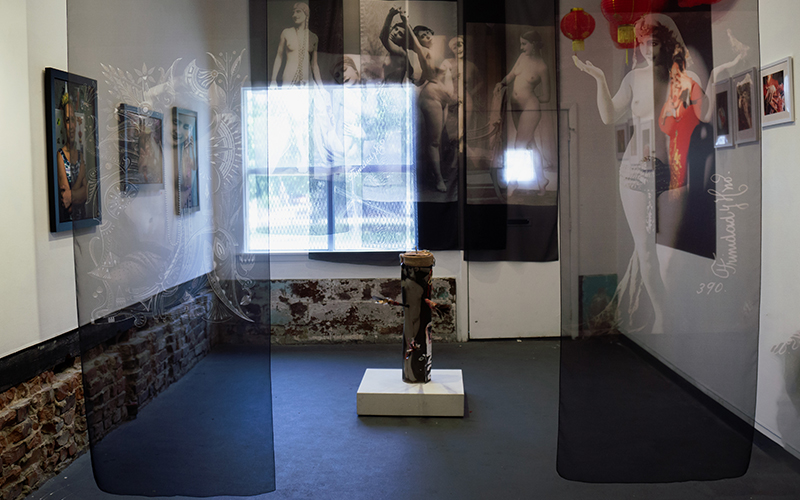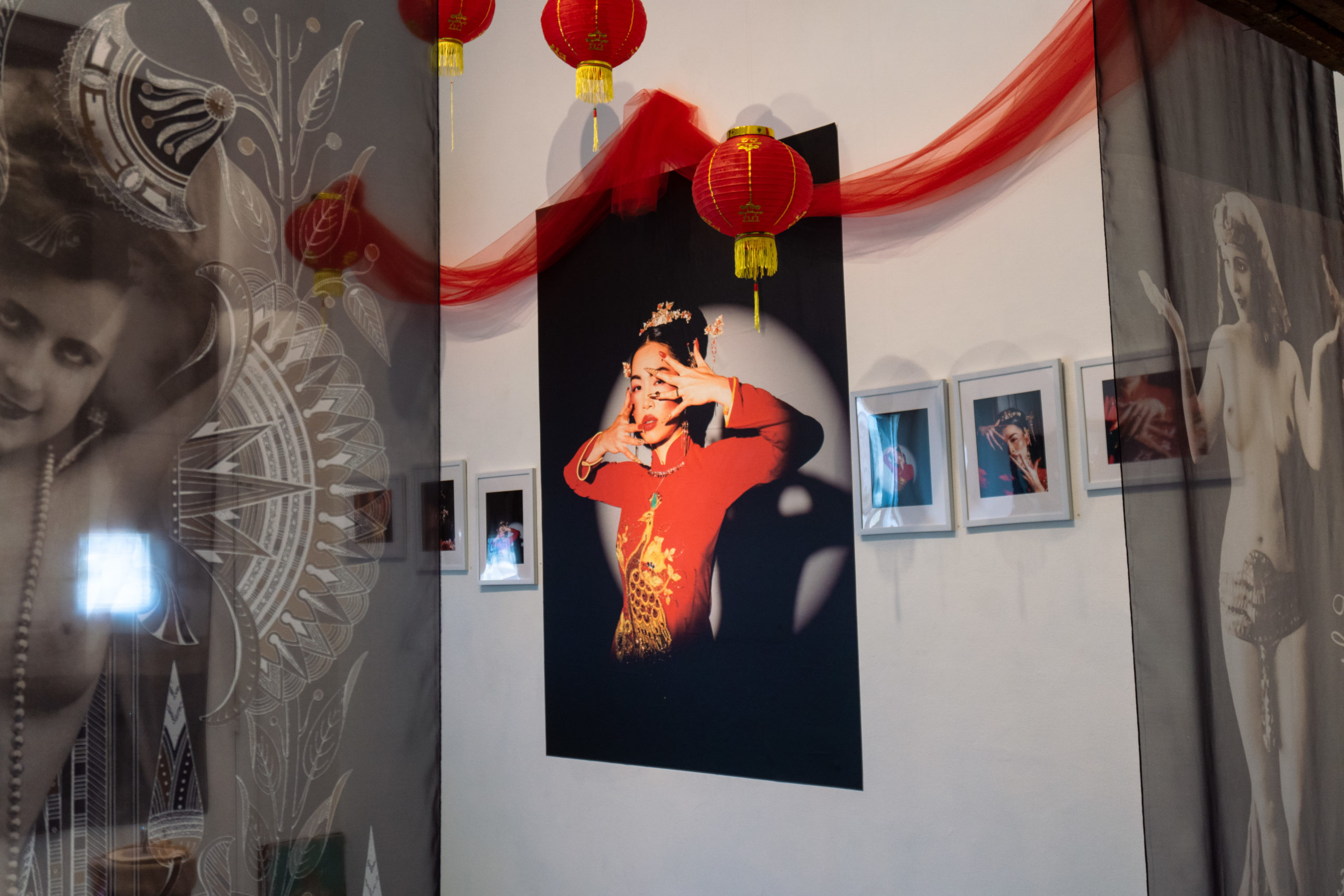
Charlotte Street’s nationwide search is over, and Yashi Davalos is diving in, bringing her experience as a New Orleans curator and lens-based artist to the Kansas City area. Connected to many exciting artists across the country, Davalos’s curatorial vision builds conversations of culture and identity informed by her upbringing as an Afro-Latinx Atlanta native. Davalos connected to the Kansas City art scene through the Plug Gallery and her curated exhibition Past, Present, and Afro-Futurism, which debuted at The Front Gallery in New Orleans in July 2022. We caught up with the emerging artist and curator to learn more.
How did you get started as an artist and curator?
I grew up in Atlanta, Georgia, and moved to New Orleans in 2020, right around when the pandemic started, which was a wild time. But I knew that I wanted to start this career trajectory of being an artist and a curator on the ground floor, and New Orleans is very much like a project space.
I submitted my portfolio to The Front, a nonprofit collective-run gallery. The model there is basically that all the exhibitions are gate-kept by the members—you could either show your work or curate. I took that opportunity to curate shows and work with emerging contemporary artists from different cities. New Orleans is a unique place. It’s a very entrepreneurial city, but also a small business city with large connections. I don’t think there are a lot of places in America that have art structured that way. I’m definitely very fortunate to have grown in a place like that.

Tell me more about your artistic practice.
My practice is very epistemology-based. I used to have, and still have, this very deep relationship with research-based literature. I am currently working on a new body of work that stages different aspects of femininity, using photorealism to look at the way women are aesthetically more mobile within the corporate agenda. My photography practice is more centered around photorealism and documenting Black Latin American life—moving those into more sculptural pieces or finding ways to bring the social praxis back into exhibition-making for my solo career.
How is your art informed by place?
I grew up in a time when Atlanta just had the Olympics. Before that, it was mostly the legacy of the Civil War, the civil rights movement, and then Freaknik. I really saw this hyper-industrial capitalist infrastructure develop as I was growing up. Things changed fast, and I saw how capitalism was really at the forefront of that, but also what that looks like in a Black-majority city.

What are you working on at Charlotte Street?
This first exhibition is going to explore a non-traditional beauty pageant, so I’m having fun with that. We’re focusing on different versions and fluidity of the femme, but also looking at non-binary expression and anything more androgynous, reimagining gender and beauty standards.
I also have ideas about working with social critique and gravity—looking at the relationship between shapes and how we see them in everyday life. What is the significance of geometric work in contemporary art versus how we experience it in the modernization of architecture?
What are you looking forward to about working in Kansas City?
I’ve been in places where you have artists who are either extremely utopian or extremely dystopian. I’ve sat in on a couple workshops and talked to a few local organizers and I feel like the people here encompass both at the same time. They really understand where the holes are in their ecosystems, in terms of art and lived experience, and they are great local organizers.
There is a surplus of writers. I want to see them involved in social praxis exhibitions and find a way to engage them through this fellowship. When you think of arts writing, you typically think of exhibition reviews, maybe an interview for an artist who’s popular, or sometimes you’ll see critique. But I think there’s room for all of that. I think there’s room for contextualizing the social practice of poetry.
All of us have commentary about art, and we should be viewing art as sensational the way that we view politics or the way we view community engagement and local organizing. I’m looking to incorporate engagement through exhibitions and show people that there’s room to navigate being nontraditional in traditional spaces. That’s really important to me.
This interview has been edited for length.


